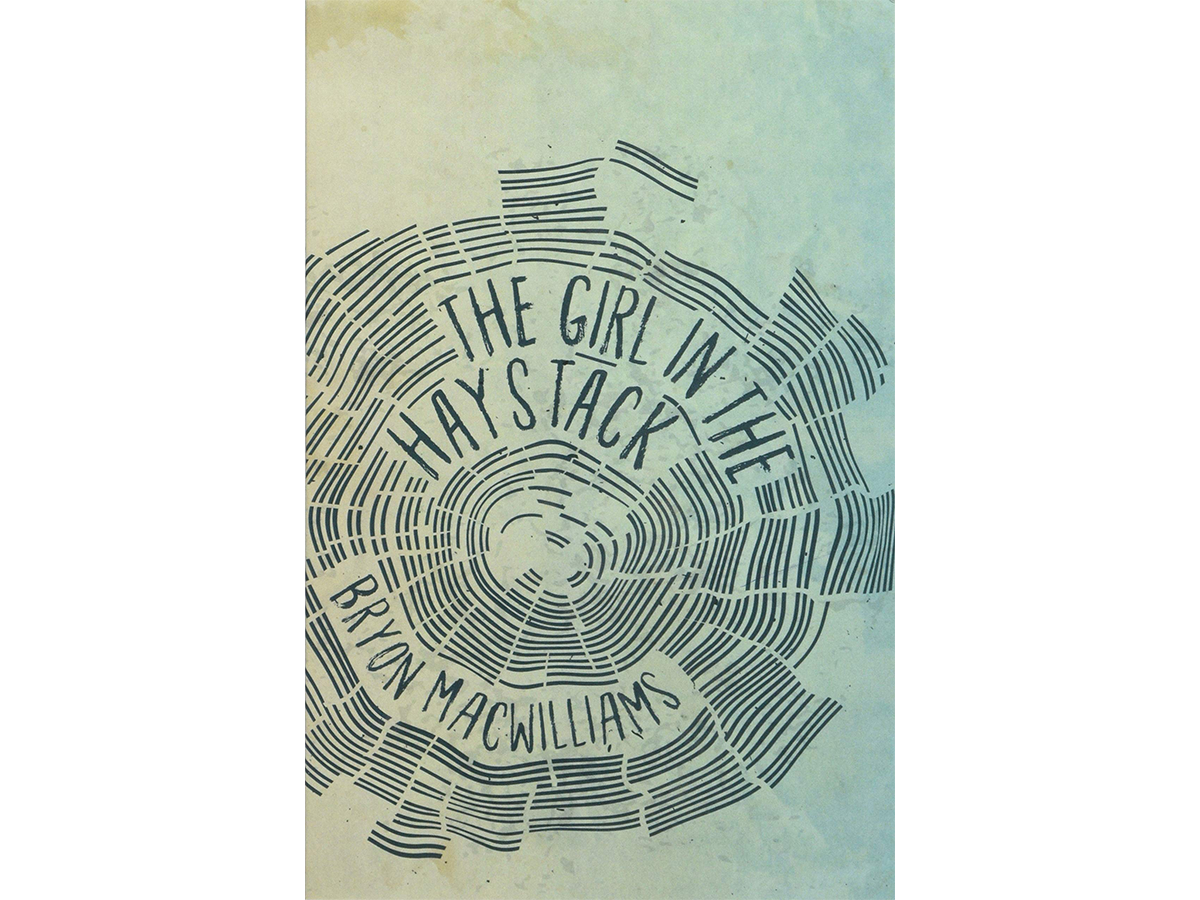Lyuba Khomut’s tale of survival is one of heartbreak and heroism, of betrayal and bravery. Bryon MacWiliams, chronicling the experiences of Laura Oberlender as she survives the Holocaust in The Girl in the Haystack, keeps true to her voice so well that you might think a child wrote it.
Lyuba (now Laura) was seven years old when her hometown of Tuchin in Ukraine turned their backs on their Jewish population. The Khomuts are forced into a ghetto until they escape with the help of their friend and neighbor, Pavlo (accompanied by his dog), who keeps the family hidden on his property in a haystack for the remainder of World War II.
The Girl in the Haystack is a quick and gripping read, as the suspense is nearly as tangible to the reader as it was for young Lyuba. Will the family live to see another day, or will they be found out by the anti-Semitic Ukranians in Lyuba’s hometown? Will Pavlo, the man hiding them, give them up to ensure his own safety? Will the family be reunited?
The story starts off in a hopeless situation: Lyuba has just been attacked during the first pogrom in Tuchin—an organized riot to massacre Jewish people. Lyuba and her mother almost die during the attack; in fact, her family assumes that the young girl has died. When the family is forced into a ghetto, my heart broke for the first time. While Lyuba is comforted by the fact that the family will not be separated (“if we die, we’ll die together”), I was shattered that such a morbid thought had to cross the mind of a child.
Much of Lyuba’s life seems almost like a fantasy. Her past in Tuchin is so far removed from the cruel reality she experiences, life before the Nazi regime is like a distant dream. Even her life during World War II seems to be unreal as she lives in a constant daze, one horrible day bleeding into the next. It is hard to conceive that this could be someone’s real life, and yet this fate was better than the one that countless other Jewish people met.
The unimaginable strife and struggle that the family endured, experienced by a child, is what makes The Girl in the Haystack so raw. The story of Laura Oberlender’s survival was told to MacWilliams by a much older Lyuba, and yet the book is written as a child’s inner monologue on paper. The effort to recreate then-Lyuba’s voice was not lost on me. I felt that I had become acquainted with the young Lyuba Khomut, as opposed to the present-day Laura Oberlender. The child’s perspective is also what makes the book more harrowing to read. When children are the subject matter, heavy subjects become that much heavier.
MacWilliams has said that The Girl in the Haystack is not necessarily intended for children, though that is how it is being marketed; however, the accessible language and the raw nature of the storytelling make for a book that can help children begin to understand the history and true experiences of World War II. Specifically, the relationship between child and dog that develops throughout the book has a simple innocence to it that would make the story appeal to younger readers.
The powerful relationship between Lyuba and Pavlo’s dog, Brisko, is one that can be understood by anyone who has ever had the pleasure of animal companionship. The poems from Brisko’s perspective are simplistic, with a theme of love and loyalty at their core, just as the relationship is between girl and dog. Lyuba’s unexplainable and unwavering love for Brisko is pure and gives her faith in a time of unrelenting trauma. The dog that she had never met, had never pet and only looked at from a distance, became just as imperative to her survival as keeping still and quiet in the haystack.
MacWilliams gives Brisko words of compassion that mirror the feelings that Lubya has towards the dog, as well as the fears that Lubya has for herself and her family. Brisko is loyal, as all dogs are: loyal to his Master’s instructions and loyal to his irrational love for a child he has never even met. Just as the Khomut family comes to rely on Pavlo completely, Brisko is Lubya’s protector and her source of comfort.
In The Girl in the Haystack, Lyuba finds hope in the loyalty and perseverance of Brisko, who stays by her side until she is liberated in 1944. MacWilliams mentions Laura’s desire for her story to be taught and told in schools, so her history can reach and touch children. Whether or not schools make this book part of their curriculum, Lubya’s story should continue to be retold and spread by everyone who reads it.
The Girl in the Haystack
By Bryon MacWilliams
Serving House Books
Published on March 20, 2019
79 pages

Randee Wismer is a 2023 graduate of Drexel University’s English program. She spent her college career involved with non-profits and is especially interested in just outcomes for justice-involved people. She currently works with the Philadelphia Lawyers for Social Equity.
